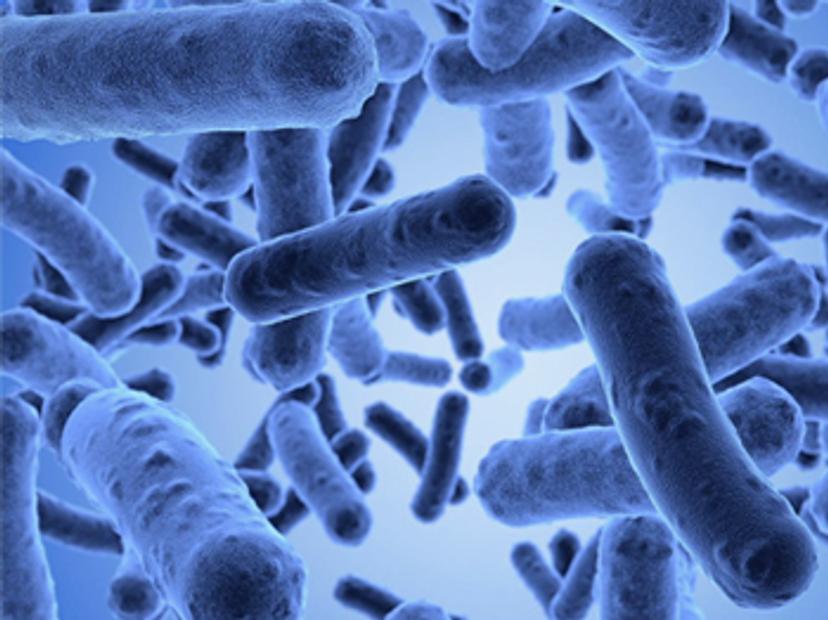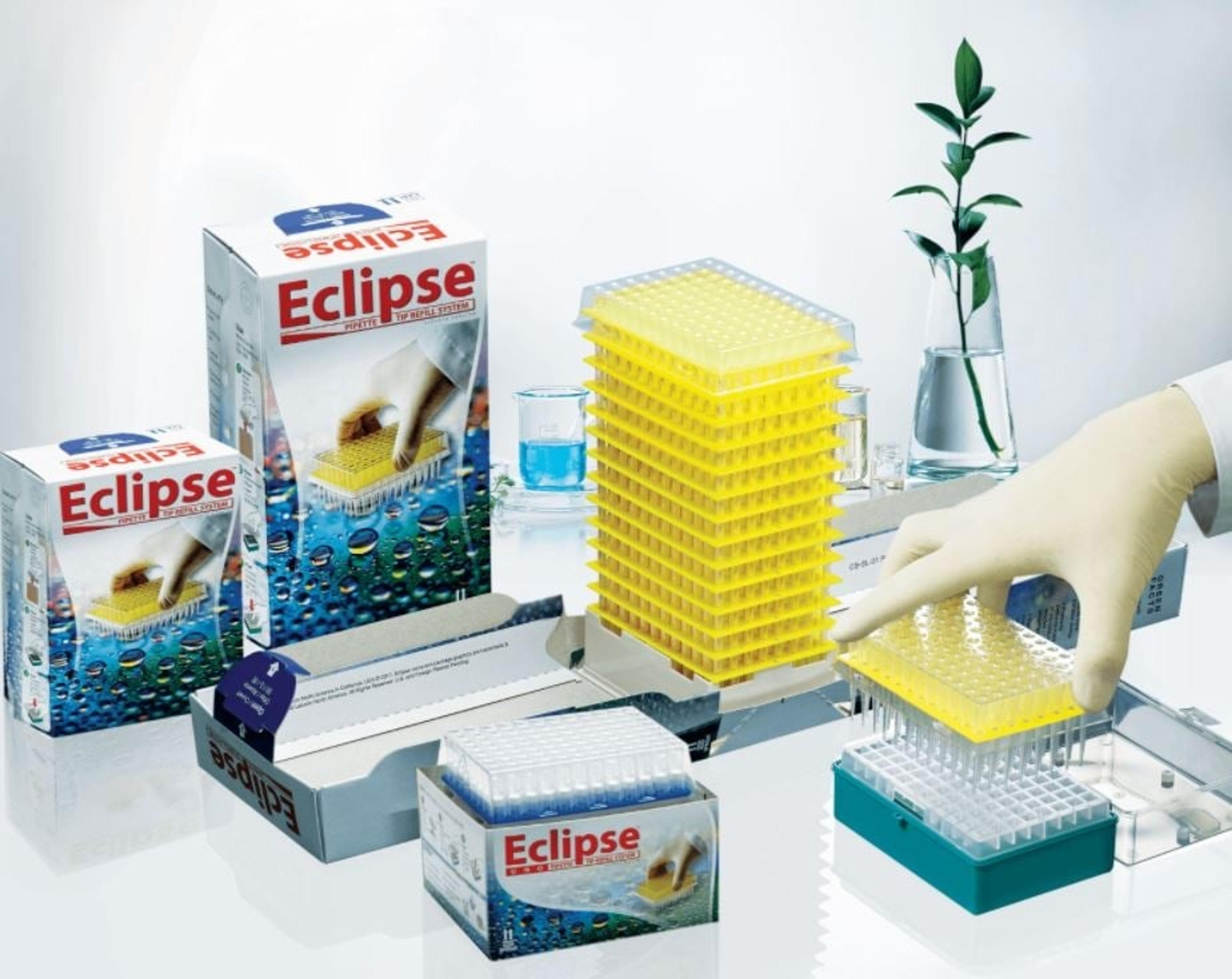Unraveling the mysteries of antibiotic persistence
Could persister cells provide new hope in the battle against antibiotic resistance?
19 Oct 2021

Growing concern about the rising rate of antibiotic therapy failure has inspired a surge of research into antibiotic persistence over the past 20 years. Bacterial persisters represent a small subpopulation of bacterial cells that can transiently tolerate super-high concentrations of antibiotic without being resistant. They are believed to be important contributors to the failure of antimicrobial therapies against prolonged and recurrent infections and may serve as reservoirs through which resistant strains can emerge. Understanding the underlying mechanisms of these cells could therefore lead to the development of new approaches to tackle antibiotic resistance and ultimately to improved treatment of chronic diseases.
One scientist with his sights set firmly on tackling this issue head-on is Sayed Golam Mohiuddin, from the University of Houston. A research assistant in the Department of Chemical and Biomolecular Engineering, Mohiuddin has dedicated the past four years to studying persister cells. In this exclusive interview, he tells SelectScience® more about the challenges of this intriguing research, its clinical importance, specific labware he finds important for his work, and some of the key questions that remain unanswered in the field.
What are persister cells?
Persisters represent a small subpopulation of bacterial cells that exhibit a transient non-growing state and a tolerance to lethal concentrations of antibiotics. “They’re a rare phenotypic variant that forms less than 1% subpopulation of any isogenic culture,” says Mohiuddin. “The main trait of these cells is that they can transiently tolerate super-high concentrations of antibiotic, and if you remove the antibiotic and put these cells in fresh media, they will start growing again.” Critically, persisters are not resistant, as they cannot proliferate in the presence of the antibiotic. “Once you isolate persister cells and regrow them in fresh media, these cells remain antibiotic-sensitive,” explains Mohiuddin. This is because persister cells are not a direct result of genetic mutations, but rather a reversible phenotypic switch to a tolerant state, meaning persistence is not heritable. The cells will therefore give rise to a population that is as susceptible as the original one, and that again possesses a similarly small proportion of persister cells. “In contrast, resistant cells are not susceptible to the antibiotic, as daughter cells possess a heritable change at the genetic level that confers the resistant phenotype,” Mohiuddin adds.
The role of persister cells in chronic infections
The main goal of Mohiuddin’s research is to find out the underlying molecular mechanisms that enable bacterial persisters to tolerate super-high concentrations of antibiotics and subsequently proliferate. “We want to know how they are managing to escape killing by the antibiotic, and how they are repopulating the infection site after the conclusion of antibiotic treatment,” he says. “We are also doing high-throughput chemical screening studies to find out which FDA-approved chemicals or small molecules can eliminate these rare phenotypic variants of bacteria.”[1]
One of the reasons for studying persister cells is their clinical relevance. “Some people believe that because persister cells comprise less than 1% of the bacterial population, we shouldn’t care about them, as they should be killed by the immune system,” says Mohiuddin. “However, it has been shown that this is not the case.” Several researchers have provided evidence that persisters play a critical role in the recalcitrance of infections caused by bacterial biofilms[2-3]. “When biofilms are enriched with persister cells, both the immune system and antimicrobial therapies can fail to kill them,” Mohiuddin explains. “Once the antibiotic treatment is gone, these persister cells then repopulate the biofilm area, and you get a relapse of the same infection.”
As a result, persisters are believed to support the colonization of bacterial pathogens that can establish both chronic and recurrent infections, with important implications for diseases such as tuberculosis[4], candidiasis[5] and cystic fibrosis pneumonia[6].
In addition to their direct impact on clinical outcomes, there is also evidence that persisters provide a reservoir of viable bacteria that may subsequently acquire resistance through random mutation or horizontal gene transfer[7-9]. “In several papers, it has been shown that resistant mutants are evolving through persisters,” asserts Mohiuddin. “Recently, the Brynildsen group, from Princeton University, has shown that even one cycle of treatment can make persister cells tolerant or resistant to multiple antibiotics.”
The involvement of persisters in antibiotic-resistant infections is still under investigation, however, Mohiuddin is optimistic about efforts to combat these tolerant cells. “If we can find a target site, or way to kill these rare phenotypic variants, it will be much easier for us to tackle those in the resistant media as well,” he says. In any case, the implications of understanding bacterial persistence could be far-reaching, as better knowledge of persister physiology will support the development of novel antipersister strategies that could significantly improve clinical outcomes.[10]
Essential tools for the accurate study of persister cells
Precise pipetting is a vital part of Mohiuddin’s research, and for the past four years, his lab has been using pipette tips from Labcon, which manufactures in Sonoma County, California. “I decided on Labcon for a number of reasons,” he says. “Firstly, their tips are universal, meaning I can use them with any pipettor.” He continues: “The second reason is their low retention, which is critical for our experiments. If I were to use pipette tips that retained liquid after use, this would negatively affect the accuracy of my assay, especially because persister cells are highly sensitive. Maximizing sample recovery is also very important because if I start losing cells in every step of my experiment, at the end of the day, I will have completely different results.”
Given the reliance of this work on plastic consumables, Labcon’s commitment to reducing the environmental impact of its products is also a key benefit. “We need a lot of pipette tips to do this persister research,” explains Mohiuddin. “Our lab fills a biological waste bin every two to three days with just these tips.” The Labcon tips are single-use. However, the racks and tops that hold the tips may be autoclaved and refilled with Labcon tips multiple times. These tips are also available in Eclipse™ refills, utilizing Labcon’s pioneering Eclipse Pipette Tip Refill System. This system is made with renewable energy, shipped in 100% renewable packaging, with the highest tip to packaging density, and certified through the ACT label as a ‘green product’ with industry-leading environmental scores by the independent assessor My Green Lab. “We're always going to stick to Labcon – they provide the best quality for our work,” Mohiuddin adds.
Future outlooks
With the precise molecular mechanisms underlying persistence yet to be fully elucidated, Mohiuddin recognizes a number of challenges still to be overcome. “In the past 20 years, research into persister cells has grown exponentially,” he says. “Despite this, I feel that these studies may start to reach a plateau unless we find a new strategy, for example, a biomarker for persister cells. This would enable us to quickly assess the presence and number of persisters in any bacterial infection or culture, and would be a great addition to the research field."
Looking at persisters from an evolutionary perspective is also of interest. “There are key questions that remain unanswered here,” says Mohiuddin. “For example, what are the evolutionary trajectories of persisters? How can resistant mutants evolve from bacterial persisters?”
He continues: “There is also the case of persister resuscitation. How do these cells wake up? What are the mechanisms? We still don't know.”
Finding the answers to these questions, Mohiuddin believes, will greatly improve the world’s understanding of microbial infections and, hopefully, drive the development of more effective treatment strategies in the battle against the ongoing antibiotic crisis.
References
Mohiuddin, SG, Thuy H, Adesola S, Prashant K, and Mehmet AO. Identifying metabolic inhibitors to reduce bacterial persistence. Frontiers in microbiology. 2020
Spoering AL, Lewis K. Biofilms and planktonic cells of Pseudomonas aeruginosa have similar resistance to killing by antimicrobials. J Bacteriol. 2001
Roberts ME, Stewart PS. Modelling protection from antimicrobial agents in biofilms through the formation of persister cells. Microbiology. 2005
Ojha AK, Baughn AD, Sambandan D, Hsu T, Trivelli X, Guerardel Y, Alahari A, Kremer L, Jacobs WR Jr, Hatfull GF. Growth of Mycobacterium tuberculosis biofilms containing free mycolic acids and harbouring drug-tolerant bacteria. Mol Microbiol. 2008
Lafleur MD, Qi Q, Lewis K. Patients with long-term oral carriage harbor high-persister mutants of Candida albicans. Antimicrob Agents Chemother. 2010
Mulcahy LR, Burns JL, Lory S, Lewis K. Emergence of Pseudomonas aeruginosa strains producing high levels of persister cells in patients with cystic fibrosis. J Bacteriol. 2010
Barrett TC, Mok WWK, Murawski AM, Brynildsen MP. Enhanced antibiotic resistance development from fluoroquinolone persisters after a single exposure to antibiotic. Nat Commun. 2019
Levin BR, Rozen DE. Non-inherited antibiotic resistance. Nat Rev Microbiol. 2006
Levin-Reisman I, Ronin I, Gefen O, Braniss I, Shoresh N, Balaban NQ. Antibiotic tolerance facilitates the evolution of resistance. Science. 2017
Defraine V, Fauvart M, Michiels J. Fighting bacterial persistence: Current and emerging anti-persister strategies and therapeutics. Drug Resistance Updates. 2018
Do you use products from Labcon in your lab? Write a review today for your chance to win a $400 Amazon Gift Card >>

